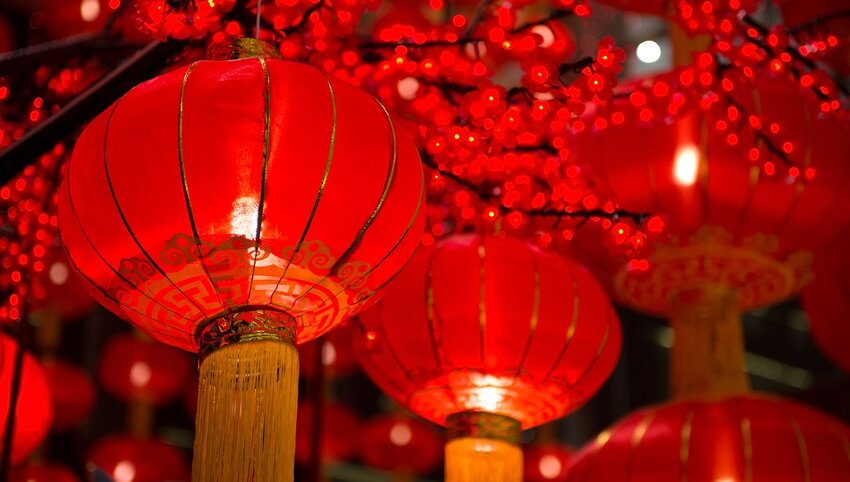When it comes to festivals, many Asian cultures follow the lunar calendar rather than the Gregorian calendar. Consequently, the new year begins with the first new moon of the first lunar month and ends fifteen days later with the first full moon. As the lunar cycle varies from year to year, the dates change, but typically Lunar New Year takes place towards the end of January or during the first half of February. Though the underlying concept is the same, many countries have their own distinct celebrations. If you’re keen to participate, here are eight Lunar New Year festivals worth checking out.
Chunjie (Chinese New Year)
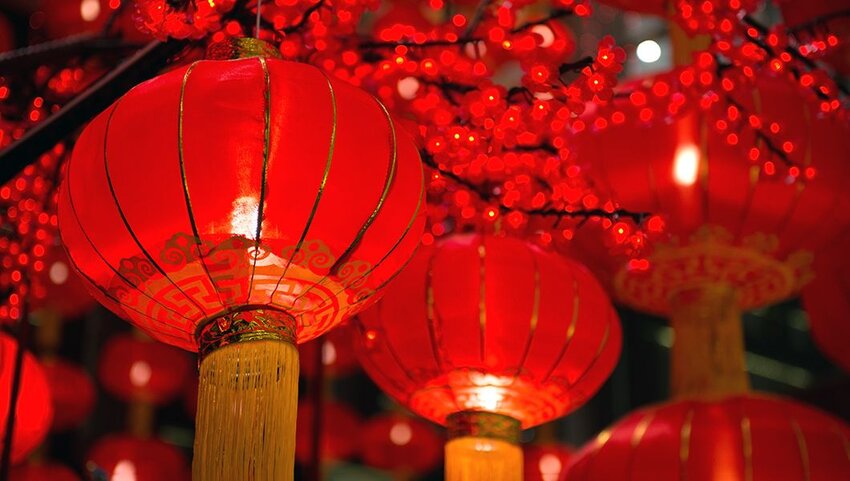
Though we refer to the festival as Chinese New Year, its proper name is Chunjie. It’s a time for families to gather. Many of the rituals tied to this spring festival reference Nian, who, according to legend, is a beast that tries to feast on human flesh. But Nian is scared of the color red and of loud noises. So, to ensure he keeps his distance, people hang red lanterns and set off firecrackers to frighten him away. There are countless other practices; one of the most common is the exchange of hong bao or lai see, which are red envelopes containing money. The amount enclosed should be an even number, as that’s lucky, though never one containing a four, as that number is associated with death.
Tết, Vietnam
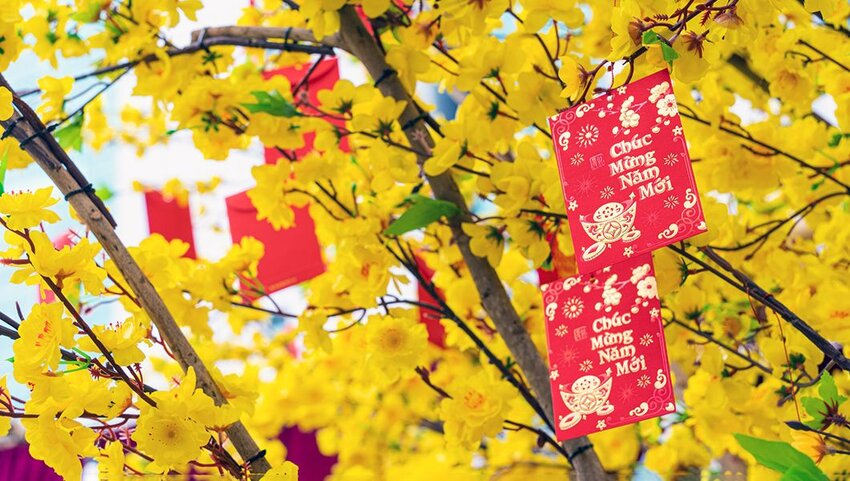
Tết Nguyên Đán, or Tết for short, is the Vietnamese Lunar New Year festival. Tết marks the arrival of spring. When a large proportion of the workforce was employed in agriculture, this was a significant break, providing an opportunity to rest and recharge between harvesting one crop and sowing the next. Additionally, it was and still is an important occasion for getting together with family and remembering those members who have passed away. There are numerous customs associated with the festival, including the significance of red and yellow to bring good fortune. It’s traditional to thoroughly clean the house beforehand, as doing so during Tết might sweep a family’s good luck away.
Imlek, Indonesia
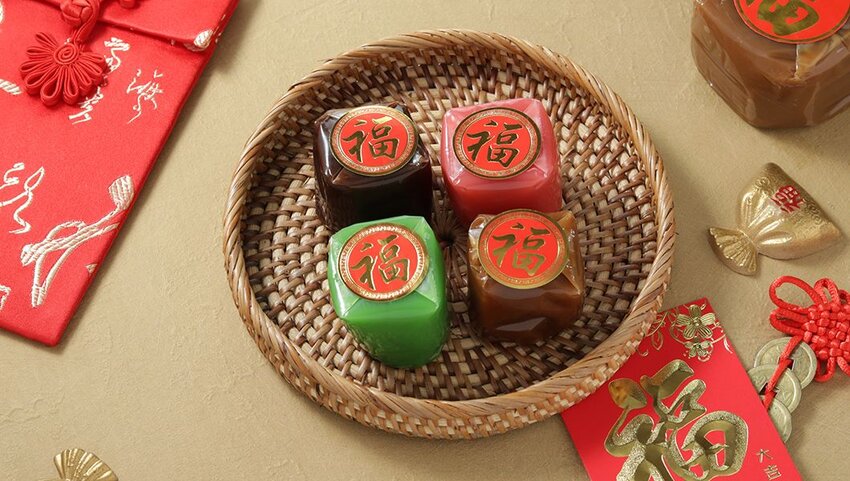
Chinese settlers in Indonesia brought their culture and traditions with them. In 2002, Indonesian President Megawati Soekarnoputri officially recognized Chinese New Year as a public holiday in Indonesia. In preparation for the holiday, known as Imlek, debts are settled, homes cleaned and gifts bought. Food is another important component of the celebrations and is often symbolic. The word for fish in Chinese sounds similar to that meaning abundance; serving a whole fish at the table represents togetherness. But tofu is always avoided, as white foods such as this signify death and misfortune.
Losar (Tibetan New Year)
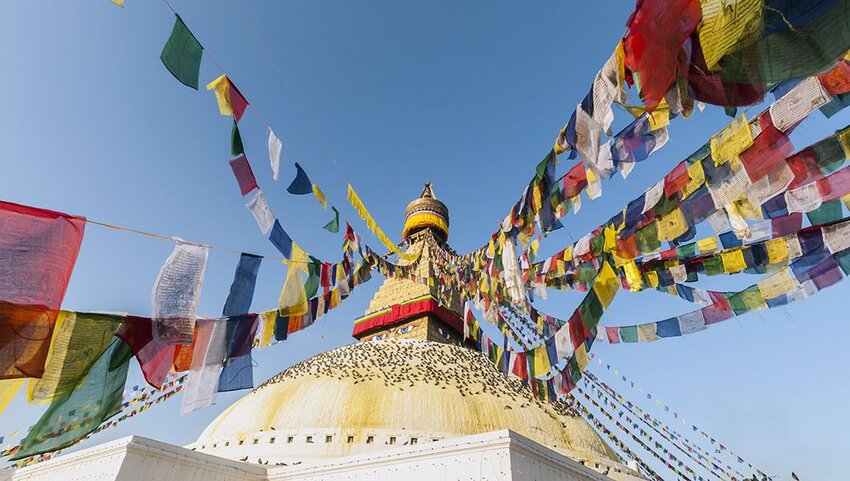
Losar is Tibetan New Year and is a three-day celebration. Preparations start in earnest well in advance. Once homes have been cleaned, new prayer flags are hung and eight auspicious symbols are chalked on the walls, including a pair of golden fish to bring good luck and an eternal knot representing wisdom and compassion. On New Year’s Eve, people eat a barley-based soup called guthuk. It is accompanied by dumplings that contain a variety of surprise ingredients which signify a person’s character – a chili pepper means you’re talkative, for instance, while wool indicates that you’re caring. Another important custom is the use of torches and firecrackers to drive away evil spirits.
Lantern Festival, Taiwan
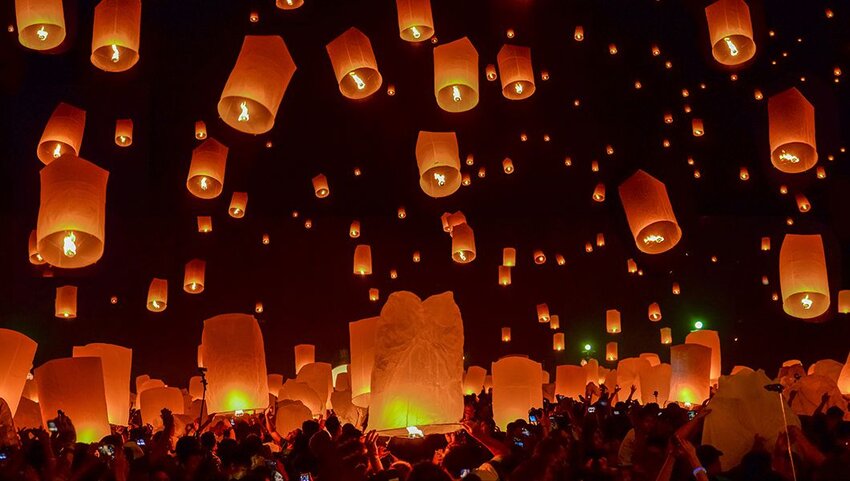
In Taiwan, the Lantern Festival takes place on the fifteenth day of the first month of the lunar calendar, signaling the end of the New Year celebrations. Taiwan’s Tourism Bureau is responsible for coordinating the festival, which marries traditional paper lanterns with 21st-century light installations. Colorful themed lanterns on a grand scale are a crowd-pleasing riot of color. Other popular events include the release of thousands of sky lanterns over the Pingxi District of New Taipei City and a firecracker ceremony at Wumiao Temple in Yanshuei District.
Tsagaan Sar, Mongolia
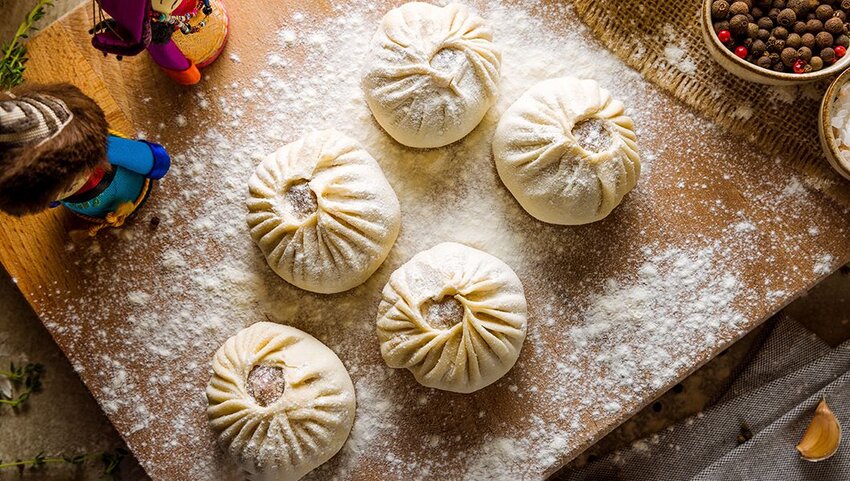
The Mongolian name for its Lunar New Year celebration is Tsagaan Sar, translated as “white moon.” On Bituun, the eve of Tsagaan Sar, Mongolians light candles and place three pieces of ice outside their front door for the horse to lick while the God Palden Lhamo is inside visiting the family. Everyone gathers to eat steamed mutton-filled dumplings called buuz. The following morning, tea is brewed, but the first cup is always thrown into the air as an offering to the earth and sky. Over the course of the next two days, Mongolians visit family members. When they greet their elders, it’s customary to grasp both elbows as a sign of respect in a ritual known as Zolgokh.
Seollal, South Korea
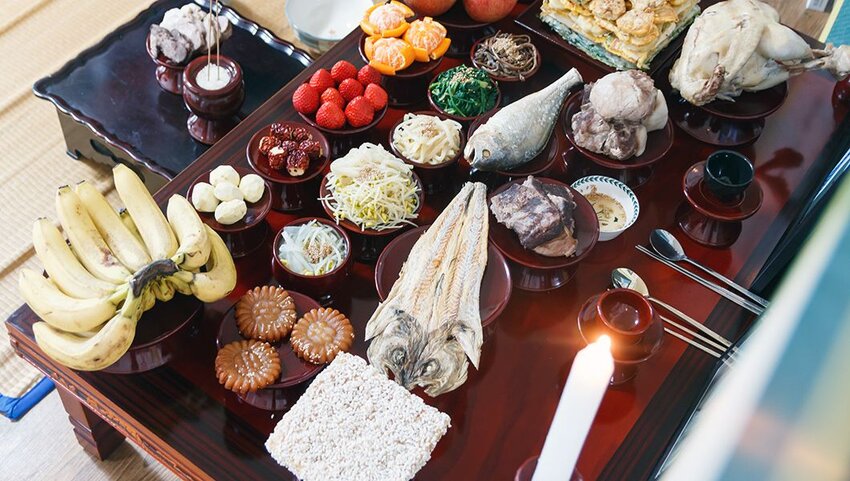
Seollal is the Korean Lunar New Year holiday. Families gather at the home of their oldest male relative to worship their ancestors. Some dress in traditional style, wearing a hanbok, as they kneel on the ground and bow to their elders in an act called sebae. Koreans also participate in a ritual called charye, which involves making food for those who have died. This is followed by eumbok, when the living eat that same food and in doing so, receive a blessing from the dead for the year to come. One of the most important dishes is rice cake soup. Consuming it is especially popular with younger children as it’s thought to make you a year old, and at that age, who doesn’t want to be more grown up?
Chinese New Year, Hong Kong
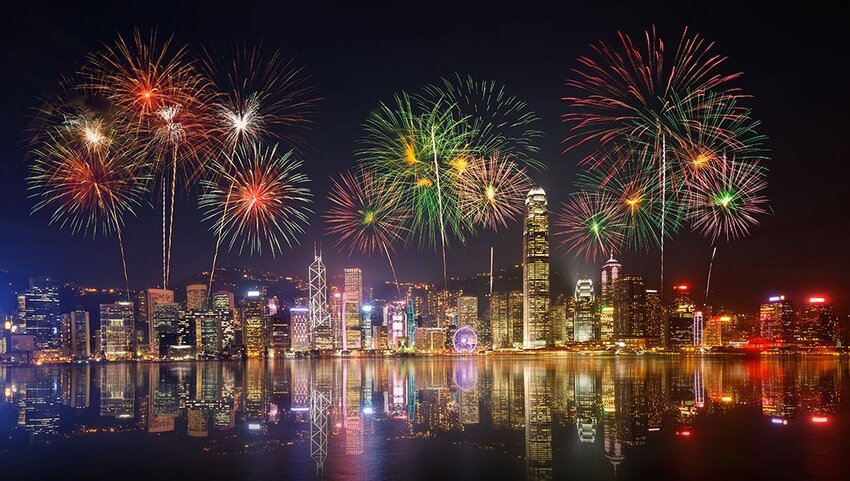
Hong Kong goes big on Lunar New Year celebrations. Victoria Harbour is the focal point for a dazzling fireworks display. Another must-see spectacle is the noisy and energetic lion dance. But there are also intimate rituals that Hongkongers observe. For example, it is considered good luck to light and plant an incense stick at the altar of a temple. The second day of Chinese New Year is also the birthday of Che Kung, a 13th-century general who became the God of Protection. Worshippers visit Che Kung Temple in Sha Tin to turn its copper windmill clockwise and bang a drum three times in the hope this will bring prosperity and success during the year ahead.

